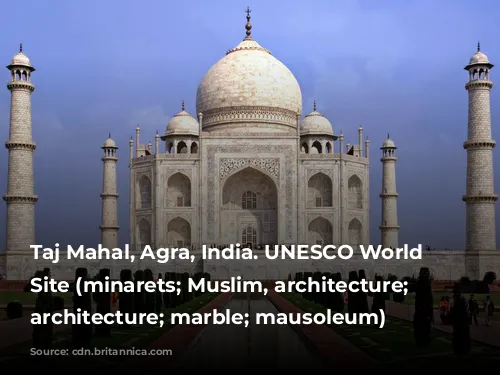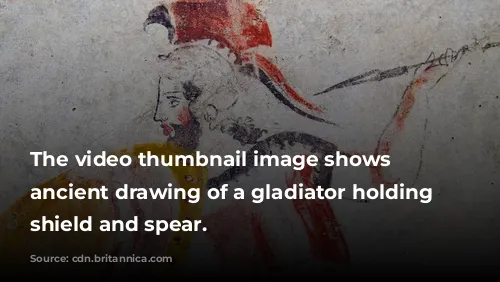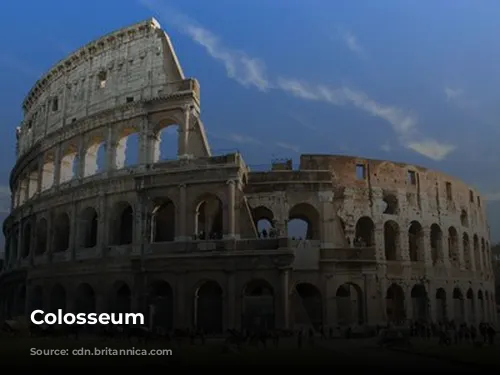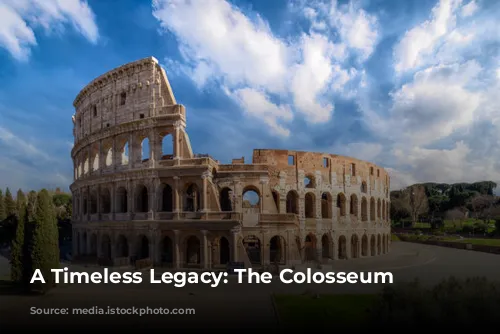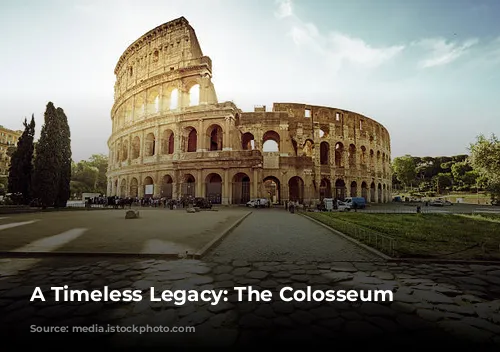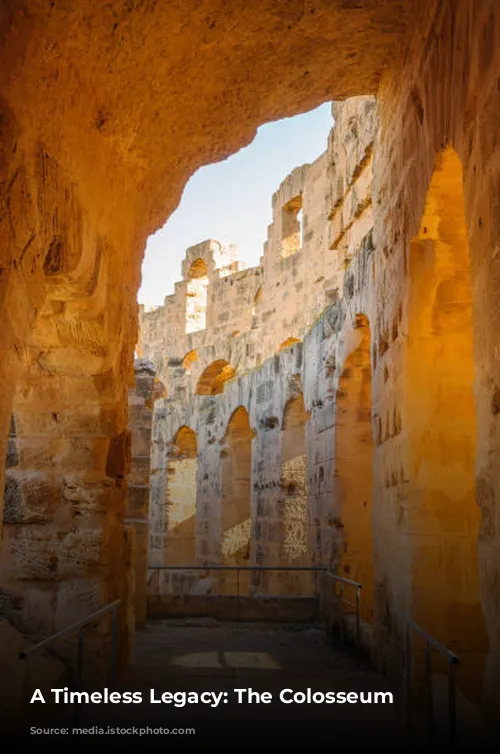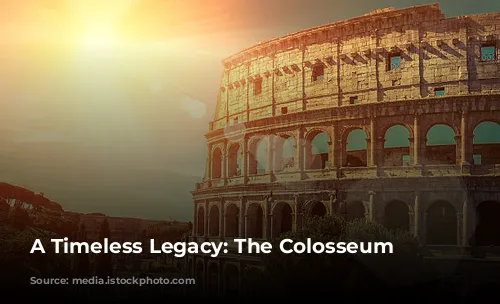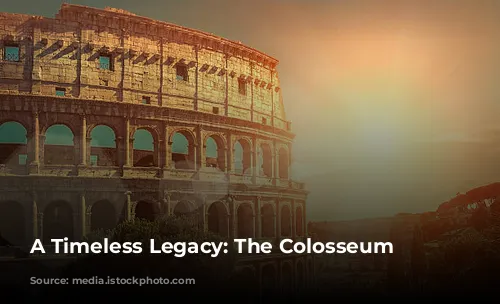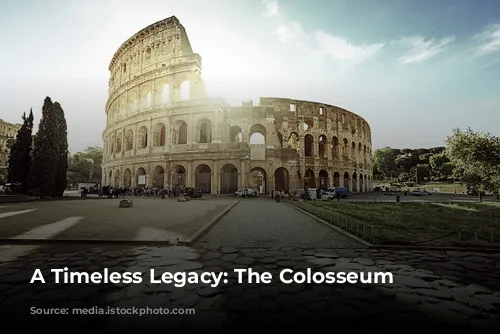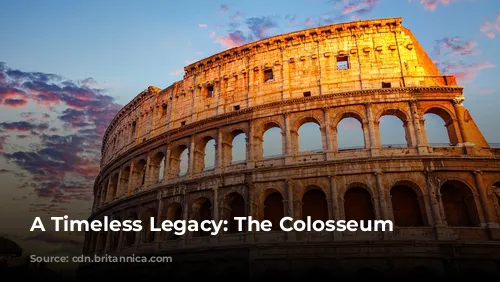The Colosseum, a majestic monument standing in the heart of Rome, is a testament to the architectural and engineering brilliance of the ancient Romans. It’s not just a historical landmark, but a bustling tourist attraction, drawing millions of visitors each year. The Colosseum, alongside the Roman Forum and Palatine Hill, generates over $63.3 million in revenue annually, making it the most profitable tourist destination in Italy.
A History of Resilience
The Colosseum’s history is one of remarkable resilience, enduring through centuries of change and neglect. After the fall of the Western Roman Empire, the Colosseum fell into disrepair. The arena was repurposed as a fortress by powerful families like the Frangipane and Annibaldi. Later, in the late 15th century, Pope Alexander VI allowed the Colosseum to be used as a quarry.
This period of neglect lasted for over a thousand years before state-funded restoration efforts began in the 1990s. Despite its tumultuous past, the Colosseum stands today, a symbol of the enduring power of Roman ingenuity.
A Vision of Imperial Grandeur
The Colosseum was conceived as a symbol of Roman power and a testament to the emperor’s desire to revitalize the city after a turbulent period. Built during the reign of Vespasian, the Colosseum was intended to be a grand entertainment venue, hosting gladiatorial combats, animal hunts, and even mock naval battles.
The Colosseum was a grand project, funded by the spoils of war from Titus’s conquest of Jerusalem. It was built by enslaved Jews from Judea, a somber reminder of the empire’s vast power and the brutality that accompanied it.
An Architectural Masterpiece
Construction of the Colosseum began in 70 CE under the emperor Vespasian, and it was dedicated in 80 CE by his son, Titus. The Colosseum is an elliptical structure made of stone, concrete, and tuff, reaching four stories high. It’s a massive structure, spanning 620 by 513 feet, capable of holding up to 50,000 spectators.
The Colosseum is a freestanding structure, a feat of engineering for its time. Unlike earlier amphitheaters built into hillsides, the Colosseum was constructed with a complex system of barrel and groin vaults. Its facade features engaged columns in the Doric, Ionic, and Corinthian orders, a design that influenced Renaissance architecture. The Colosseum was also equipped with a massive retractable awning called a velarium, providing shade for spectators during events.
A Legacy of Entertainment and Tragedy
The Colosseum was the stage for countless spectacles, from thrilling gladiatorial combats to brutal animal hunts and even elaborate mock naval battles. However, the Colosseum also represents a darker side of the Roman Empire, a testament to the cruel entertainment that captivated the masses. The use of enslaved Jews in the construction of the arena is a reminder of the empire’s brutal expansion and exploitation.
Today, the Colosseum remains a powerful symbol of Roman history, a testament to the enduring power of architecture and engineering. It serves as a reminder of both the grandeur and the brutality of the Roman Empire, a history that continues to fascinate and inspire us.
